
Wood Polymer Composite Wiedehopf's Newest Material Wiedehopf® Building Façade Systems
Wood-Polymer Composites Wood is a natural, sustainable material that is utilized by numerous industries for its mechanical, physical, and chemical properties. The hierarchical structure of wood influences its structural performance. However, in its natural form it has limited commercial utility.
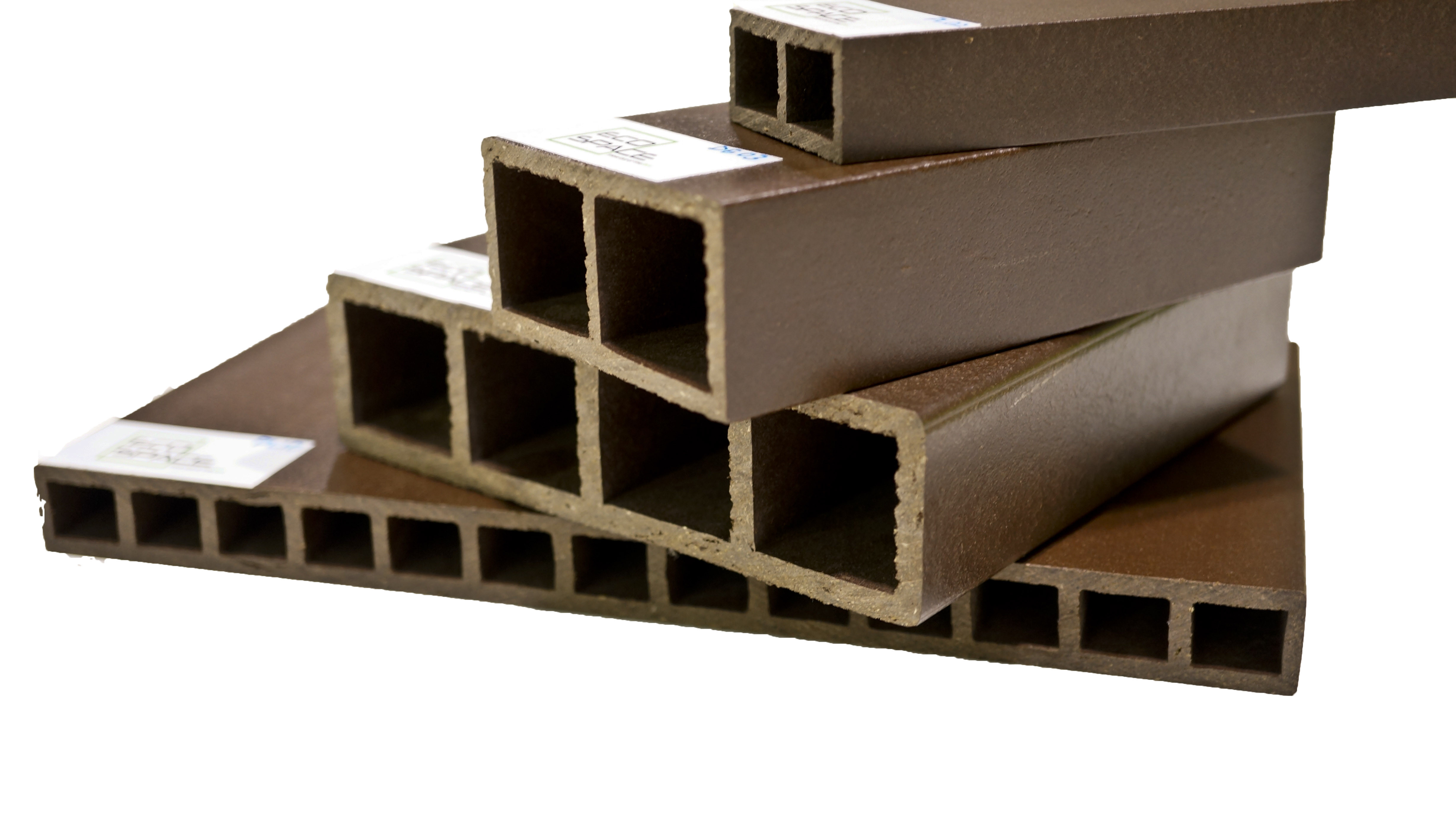
picture1
Recycling wood from construction and demolished structures and combining it with plastics forms wood-polymer composites (WPC) which have a very wide scope of usage. Such recycled composites have very low environmental impact in terms of abiotic potential, global warming potential, and greenhouse potential.

Wood Polymer Composite Wiedehopf's Newest Material Wiedehopf® Building Façade Systems
Wood plastic composites (WPCs) is one of crucial and potential engineering wood products that has been extensively employed in the fields of landscape, transportation, municipal engineering and building construction. It has gradually been used to replace the conventional wood-based composites.
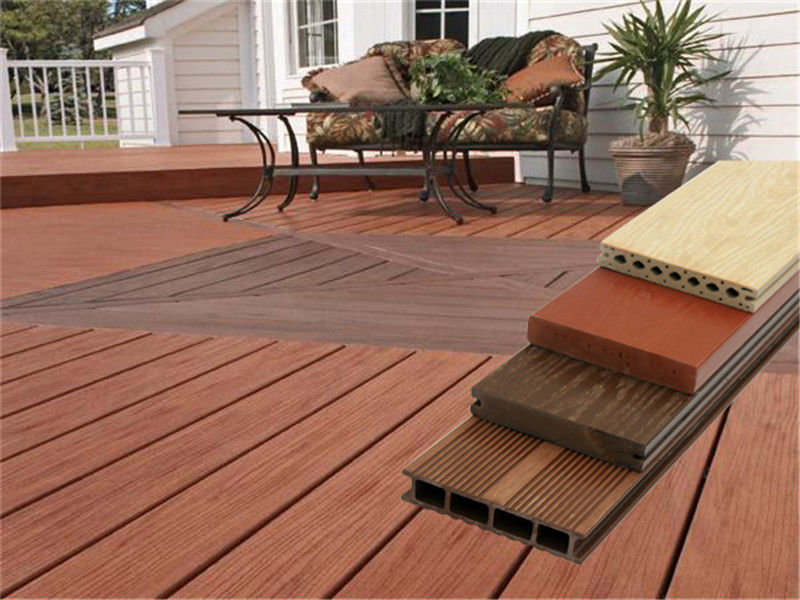
Moisture Proof WPC Wood Plastic Composite Decking Boards For Outside 2m / 3m / 4m
Photo credit: Wood K plus. Wood K plus (Linz, Austria) is a research institute founded in 2000 as the competence center for bio-based materials in Austria. "We started as a competence center for wood chemistry and wood composites," explains Christoph Unterweger, team leader, fibers, carbon and ceramics. "But we now focus on quite a broad.
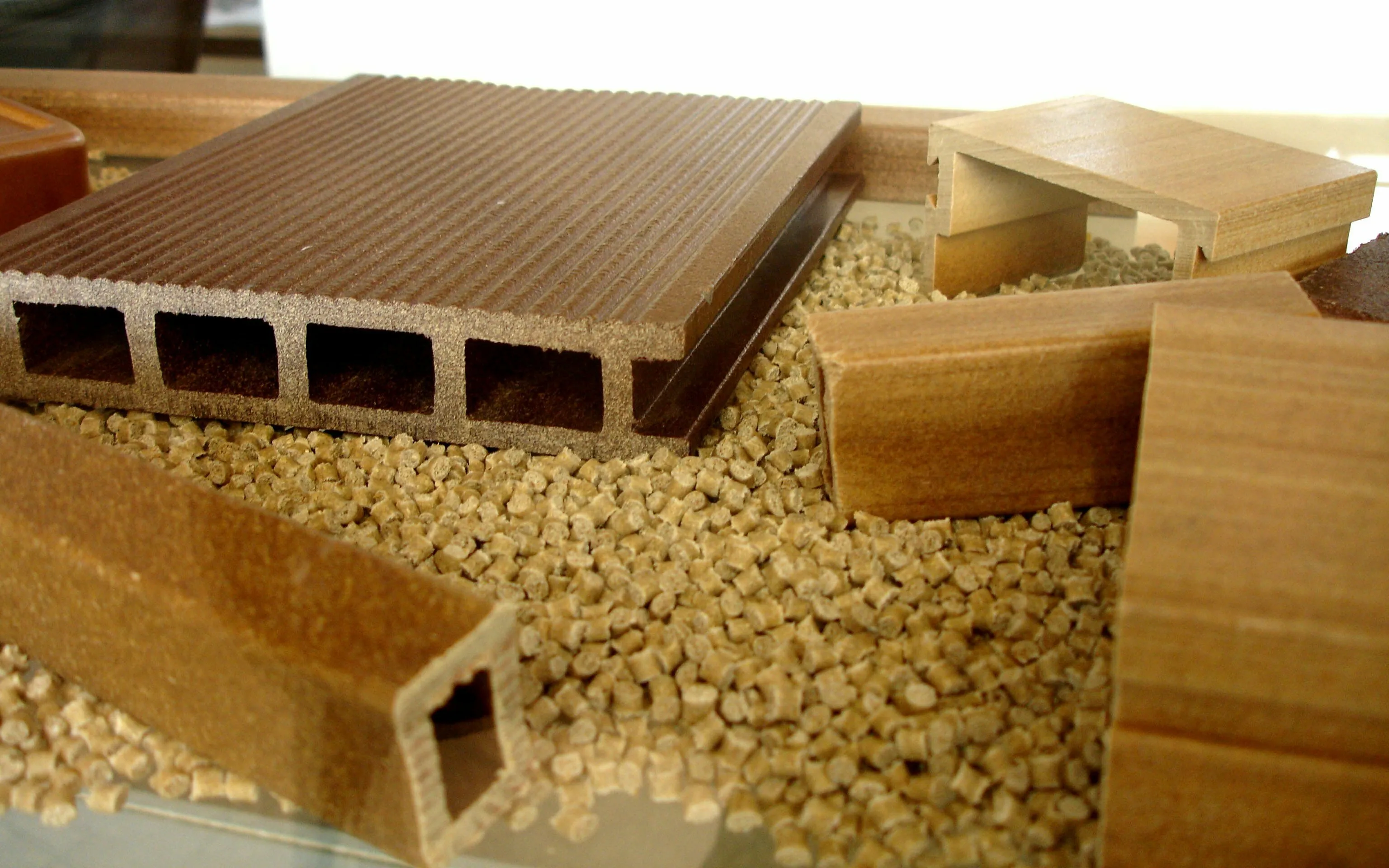
Wood Plastic Composites WPC AIMPLAS
polymer composites (table 1). This chapter is intended as an overall review for materials, future is also recommended in the end. Fig. 8. Representation of two adjacent wood vessels in.
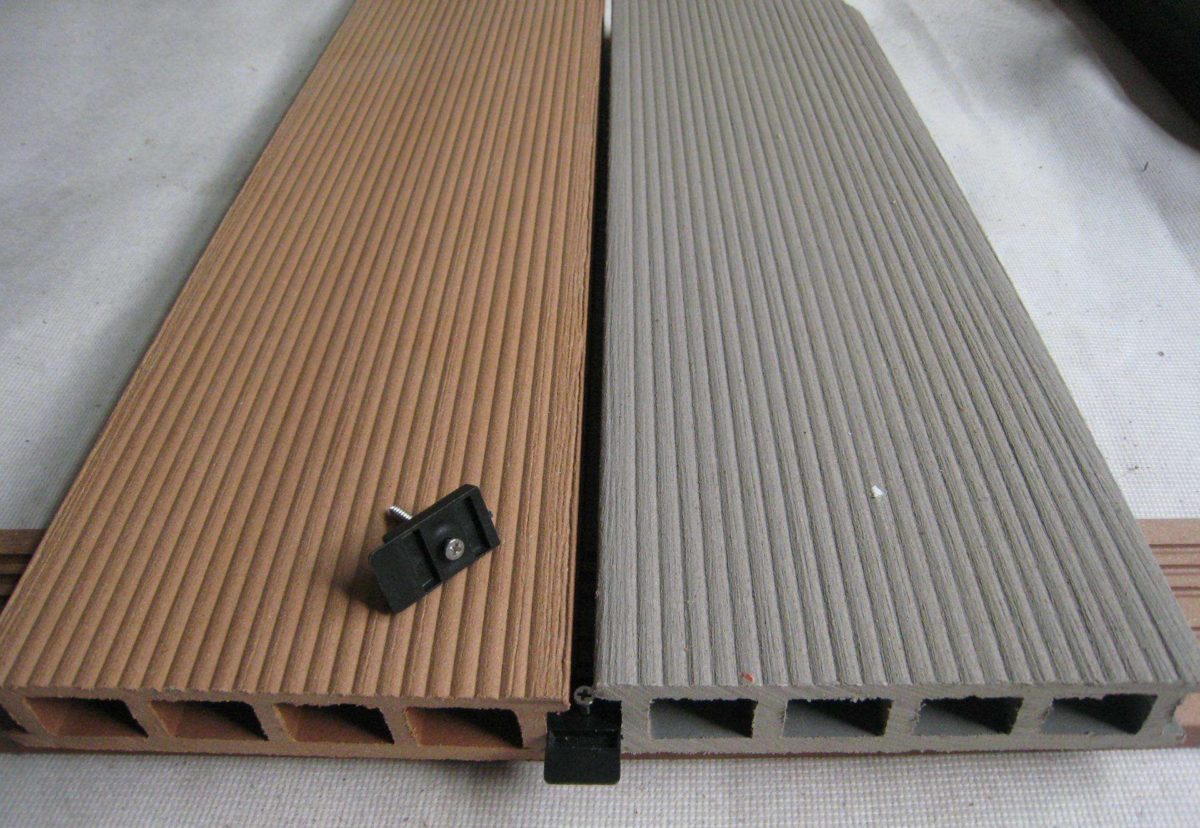
What is Wood polymer composites? Alphaboard, Sultanate of Oman
PVC material is not susceptible to pests - a huge advantage over wood, no need to process. Other characteristics are: Simple installation, perfect appearance - does not require constant processing. 1.2. Manufacture of WPC Currently, the use of polymer composites filled with wood (WPCs) for the
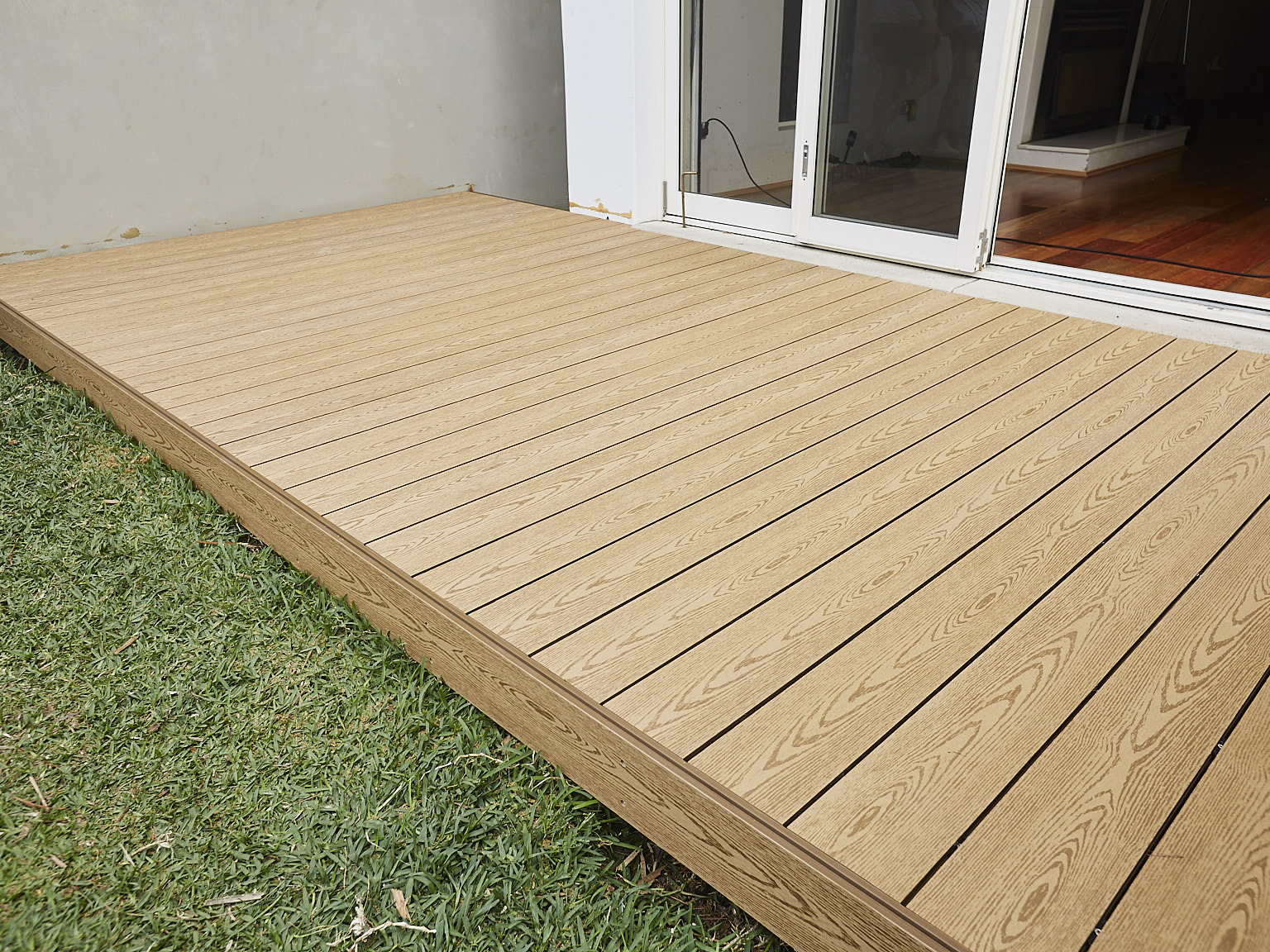
Wood Plastic Composites A Growing Alternative to Timber Architecture & Design
Wood plastic composites, generally produced using extrusion technology, are composed of natural fibers or wood in particulate form, thermoplastic resins (polyolefins) and additives such as lubricants, colorants and inorganics. Natural fiber and wood plastic composite producers and suppliers can utilize the Wood Materials and Engineering.

Wood Polymer Composite Wiedehopf's Newest Material Wiedehopf® Building Façade Systems
Wood-polymer composites technologies are gaining more and more attention in the scientific community, positively affecting the increase in their industrial applications, for example, automotive, building, 3D printing, etc. Many research works are focused on the improvement in matrix-lignocellulosic filler interactions to produce highly filled composites with satisfying performance properties.

Wood Plastic Composite Uses and Benefits General Kinematics
Wood plastic composite (WPC) refers to a blend of wood-based materials recovered from the sawmill industry, such as fibres, sawdust, lumber, veneer, or particles which are blended with biodegradable polymers such as thermoplastics or thermosetting from recycling to generate composite material (Friedrich Citation 2022; Gardner, Han, and Wang.

Wood Polymer Composite Wiedehopf's Newest Material Wiedehopf® Building Façade Systems
March 10, 2023 If you're considering building a deck, you've likely come across terms like "composite" in your search. But what is composite wood? Composite generally refers to man-made materials created with an engineered mix of ingredients.

Wood Polymer Composite Wiedehopf's Newest Material Wiedehopf® Building Façade Systems
Wood polymer composites (WPCs) are typically produced from the combination of two basic materials, namely wood fibres or wood flour (reinforcement) and thermoplastics (matrix) [1,2].WPCs are frequently substituted for conventional materials owing to inherent characteristics such as low density, low processing costs, flame retardancy, mechanical properties, renewability and biodegradability.
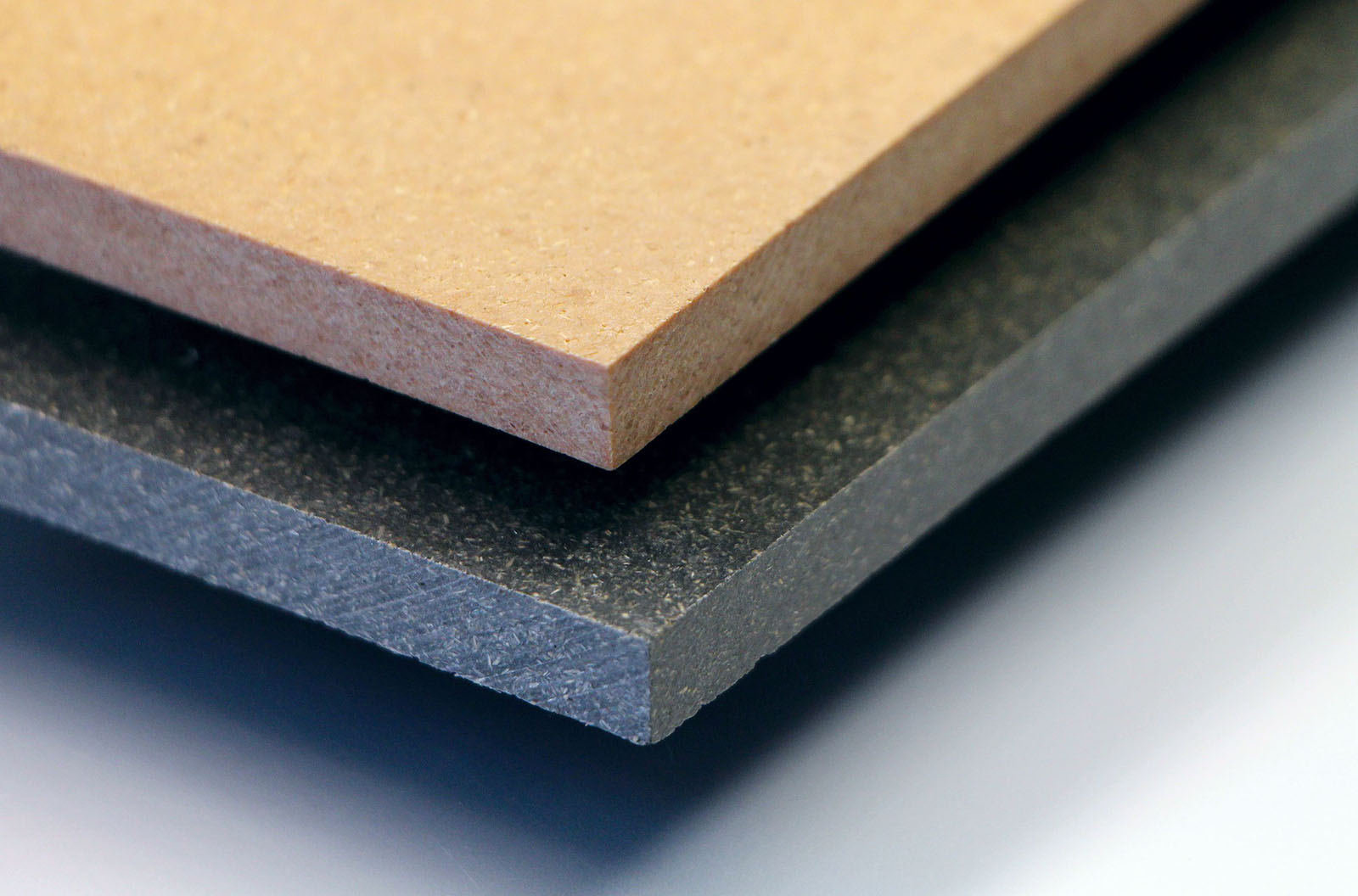
Woodpolymer composite furniture with low flammability
Wood-plastic composites (WPCs) are composite materials made of wood fiber / wood flour and thermoplastic (s) such as polythene (PE), polypropylene (PP), polyvinyl chloride (PVC), or polylactic acid (PLA). In addition to wood fiber and plastic, WPCs can also contain other ligno-cellulosic and/or inorganic filler materials.

Best Wood Polymer Composite Exterior Products Wiedehopf
Wood-plastic composites (WPCs) are increasingly broadly applied composites that combine the merits of wood and plastics, such as the renewable, degradable, lightweight, and low-cost characteristics of wood, and the thermoplasticity, hydrophobicity, and toughness of plastics.

Top 5 HighQuality Wood Polymer Composite Products
Wood Composite Wood Plastic Composites (WPC) Applications Products Support Product Groups Building the future with wood plastic composites Explore additives and impact modifiers to enhance wood plastic composite materials that are more sustainable and durable than regular wood. The popularity of wood plastic composites (WPCs) keeps growing.

Wood Polymer Composite Wiedehopf® Building Façade Systems
Wood Polymer Composite is a dense material that is produced when wood is combined with polymer and encased in a plastic cap. Polymer to wood ratios vary from 4:1 to 3:2. This epoxy is poured into a variety of molds that each accommodate different wood profiles. When set, the wood polymer is wrapped with a plastic cap textured to simulate wood.

Wood and Polymer Brown Composite Board, Thickness 24 and 30 mm at Rs 35/square feet in Sagar
Introduction to Wood Polymer Composites R. Ruban, H. Mohit, P. Ramesh, V. Arul Mozhi Selvan, G. H. Kumar Pages 1-20 Manufacturing of Wood Polymer Composites Neeraj Dubey, Rajesh Purohit, R. S. Rana Pages 21-41 Wood Treatments and Interfacial Bonding in Wood-Plastic Composites Matheus de Prá Andrade, Matheus Poletto Pages 43-65